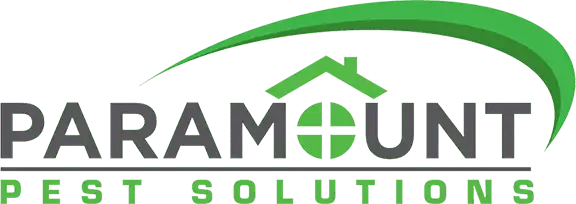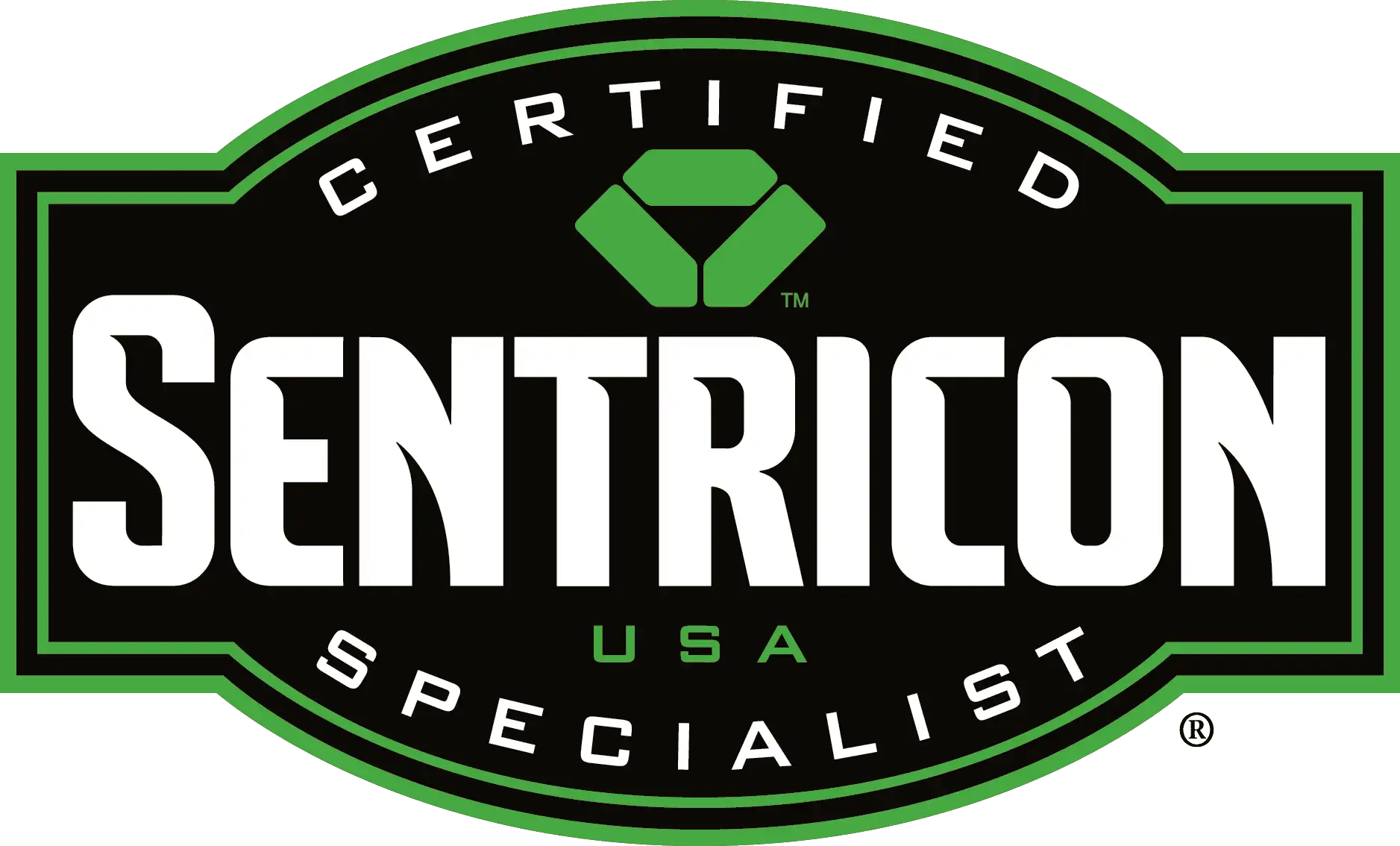Ants are a common sight in South Mississippi, but did you know that not all ants are created equal? Identifying the common ant species in this region is essential for effective pest control. By understanding their characteristics and behaviors, homeowners can take the necessary steps to prevent infestations and protect their properties.
In this article, we will explore the importance of identifying common ants in South Mississippi and provide an overview of the pest control resources available. Whether you’re dealing with a persistent ant problem or simply want to stay ahead of potential infestations, this comprehensive guide will equip you with the knowledge you need to tackle ant issues head-on.
South Mississippi, with its warm and humid climate, is a prime breeding ground for a variety of ant species. From the tiny thief ants to the notorious fire ants, these insects can be a nuisance and a potential threat to both property and health. That’s why it’s crucial to familiarize yourself with the common ant species found in this region.
Understanding the physical appearance, nesting habits, and feeding patterns of different ant species will enable you to identify them accurately. Armed with this knowledge, you can implement appropriate pest control measures to keep your home ant-free.
But why stop at identification alone? This article goes beyond basic recognition. We’ll also delve into the risks and impacts of ant infestations, ranging from property damage to health risks and even agricultural implications. By understanding the potential consequences, you’ll be motivated to take proactive steps to prevent and control ant infestations.
Fortunately, there are numerous pest control resources available to combat ant problems in South Mississippi. In this article, we’ll discuss do-it-yourself (DIY) methods for ant control, as well as the benefits of hiring professional pest control services. Additionally, we’ll provide prevention tips to help you keep ants at bay.
Whether you’re dealing with a minor ant issue or a full-blown infestation, this article will serve as your go-to resource for all things related to ant control in South Mississippi. Let’s dive in and discover the fascinating world of ants, while equipping ourselves with the knowledge and tools needed to protect our homes and maintain peace of mind.
Common Ant Species in South Mississippi
When it comes to identifying common ants in South Mississippi, it’s essential to familiarize oneself with the various species that can be found in the region. By understanding their characteristics and behaviors, homeowners and pest control professionals can develop effective strategies to manage ant infestations. In this section, we will explore three prevalent ant species in South Mississippi, each with its own distinct features.
Species 1: The Pavement Ant (Tetramorium caespitum)
The Pavement Ant is one of the most commonly encountered ant species in South Mississippi. These small ants range in size from 1/8 to 1/4 of an inch and have dark brown or black bodies. They are named after their preference for nesting under pavements, sidewalks, and driveways, although they can also be found in homes and other structures. Pavement ants are known for their aggressive foraging behavior and can quickly infest kitchens and pantries in search of food.
Species 2: The Crazy Ant (Nylanderia spp.)
The Crazy Ant, also known as the Rasberry Crazy Ant, is a highly invasive species that has become a major nuisance in South Mississippi. These ants are reddish-brown in color and have long, slender bodies. One of their most distinctive characteristics is their erratic and unpredictable movements, which earned them their peculiar name. Crazy ants are known for their large colonies and their tendency to invade electrical equipment, causing damage and short circuits.
Species 3: The Fire Ant (Solenopsis spp.)
No discussion about common ants in South Mississippi would be complete without mentioning the notorious Fire Ant. These aggressive ants have reddish-brown bodies and range in size from 1/8 to 1/4 of an inch. Fire ants are known for their painful stings, which can cause severe allergic reactions in some individuals. They build large, dome-shaped mounds that can be found in open fields, lawns, and gardens. Fire ant colonies can contain thousands of ants, making them a significant threat to both humans and animals.
By familiarizing yourself with these common ant species in South Mississippi, you can better understand their habits and take appropriate measures to control their populations. Whether you’re dealing with Pavement Ants, Crazy Ants, or Fire Ants, it’s essential to address ant infestations promptly to prevent property damage and mitigate health risks.
Stay tuned for the next section, where we will delve into the physical appearance, nesting habits, and feeding patterns of common ants in South Mississippi.
South Mississippi pest identification
Identifying Common Ants
When it comes to pest control, one of the first steps is to correctly identify the intruders. In South Mississippi, a region known for its diverse ecosystems and warm climate, ants are a common nuisance. These tiny creatures can invade homes, gardens, and businesses, causing property damage and health risks. Therefore, it is essential to familiarize oneself with the physical appearance, nesting habits, and feeding patterns of common ants in the area to effectively combat infestations.
Physical Appearance
Ants come in various shapes and sizes, but they all share certain characteristics that distinguish them from other insects. Their bodies are divided into three distinct segments: the head, thorax, and abdomen. Ants have six legs and a pair of antennae, which they use to navigate their surroundings and communicate with other members of their colony.
In South Mississippi, some common ant species include the Carpenter ant, the Fire ant, and the Argentine ant. Each of these species has unique physical traits that can help in their identification. For instance, the Carpenter ant is larger in size and typically black or reddish-brown. Fire ants, on the other hand, are smaller and reddish-brown in color, with a distinct stinger on their abdomen. Argentine ants are small and dark brown, often forming massive colonies that can be challenging to control.
Nesting Habits
Understanding the nesting habits of common ants can provide valuable insights into their behavior and help in devising effective pest control strategies. Ants build their nests in a variety of locations, depending on the species. Some ants prefer nesting in soil, creating intricate tunnel systems underground. Others may construct their nests in decaying wood, like tree stumps or fallen logs. Certain ant species, such as the Carpenter ant, have the ability to burrow into wooden structures, potentially causing significant damage.
It is also important to note that ant colonies can vary in size, ranging from a few dozen to several thousand individuals. The nests may contain multiple chambers for different purposes, such as brood rearing, food storage, and even waste disposal. By identifying the location and characteristics of ant nests, homeowners and pest control professionals can target their efforts more effectively.
Feeding Patterns
Ants are omnivorous creatures, meaning they consume a wide range of food sources. While some ants primarily feed on sugary substances like nectar or honeydew, others are more attracted to protein-rich foods, including dead insects or plant matter. Understanding the feeding preferences of common ant species can help in eliminating their food sources and preventing infestations.
For example, Fire ants are notorious for their aggressive behavior and voracious appetite. They are attracted to a variety of foods, including meats, sweets, and even pet food left unattended. Carpenter ants, on the other hand, are less interested in sugary substances and prefer to feed on insects or plant sap.
By learning about the physical appearance, nesting habits, and feeding patterns of common ants in South Mississippi, individuals can better equip themselves to combat ant infestations. Whether it’s identifying a Carpenter ant nest in a wooden structure or taking preventive measures to eliminate food sources for Fire ants, knowledge is the key to effective pest control. Stay tuned for our next section on the risks and impact of ant infestations to understand the importance of addressing these issues promptly.
Sources:
Risks and Impact of Ant Infestations
Ant infestations can have detrimental effects on both residential and commercial properties in South Mississippi. Understanding the risks and impact of these infestations is crucial for effective pest control management. In this section, we will explore the property damage, health risks, and agricultural impact that can arise from ant infestations in the region.
Property Damage
Ants are small but mighty creatures that can cause significant damage to structures and belongings. Certain ant species, such as carpenter ants, have a penchant for burrowing into wood, which can weaken the structural integrity of buildings over time. These destructive insects can tunnel through beams, support columns, and even wooden furniture, leading to costly repairs or replacements. It’s important to identify and address ant infestations promptly to prevent further damage to your property.
Health Risks
While ants might not pose direct health risks like mosquitoes or ticks, they can still contribute to certain health issues. Some people may experience allergic reactions to ant bites or stings, resulting in localized swelling, redness, and itching. Fire ants, a common species in South Mississippi, are particularly notorious for their painful stings that can cause severe allergic reactions in sensitive individuals. Additionally, ants can contaminate food sources, posing a risk of foodborne illnesses if ingested. Maintaining a hygienic environment and practicing proper food storage can help mitigate these health risks associated with ant infestations.
Agricultural Impact
Ant infestations can also have a significant impact on agricultural areas in South Mississippi. Certain ant species, such as the Argentine ant, can disrupt natural ecosystems and outcompete native species for resources. These invasive ants can damage crops, especially fruits and vegetables, by feeding on plant sap or tending to honeydew-producing insects like aphids. Their presence can lead to reduced crop yields and economic losses for farmers. Effective pest management strategies, including regular monitoring and targeted treatments, are essential to protect agricultural lands from the detrimental effects of ant infestations.
Understanding the risks and impact of ant infestations is the first step towards effective pest control. By recognizing the potential property damage, health risks, and agricultural impact that ants can cause, individuals and communities can take proactive measures to prevent and address infestations. In the next section, we will explore various pest control resources, including DIY methods and professional services, to help combat ant infestations effectively.
Continue reading about DIY methods for ant control or learn more about hiring professional pest control services in South Mississippi.
Pest Control Resources
When it comes to ant control, there are several pest control resources available to address these pesky invaders. Whether you prefer a do-it-yourself approach or would rather leave it to the professional pest control services, it’s important to have a plan in place to effectively manage ant infestations. Additionally, implementing prevention tips can help minimize the chances of future ant problems.
DIY Methods for Ant Control
For those who enjoy taking matters into their own hands, there are various do-it-yourself methods to combat ant infestations. These methods can be cost-effective and provide immediate relief from these unwanted guests. Here are a few DIY methods that can be effective in controlling ants:
-
Natural remedies: Many natural substances can deter ants, such as peppermint oil, vinegar, or a mixture of borax and sugar. These can be used as natural repellents or incorporated into ant baits.
-
Ant baits: Ant baits are an effective way to attract and eliminate ants. These baits can be purchased from home improvement stores or made at home using a combination of sugar and borax. Borax acts as a slow-acting poison that the ants carry back to their colony, effectively eliminating the entire population over time.
-
Sealing entry points: Ants often find their way into homes through small cracks and openings. By sealing these entry points with caulk or other appropriate materials, you can prevent ants from entering your home in the first place.
-
Maintaining cleanliness: Ants are attracted to food sources, so keeping your home clean and free of crumbs and spills can discourage them from entering. Regularly cleaning your kitchen and storing food in airtight containers can go a long way in preventing ant infestations.
Hiring Professional Pest Control Services
While DIY methods can be effective for minor ant problems, sometimes a more comprehensive approach is necessary. This is where professional pest control services can be invaluable. Pest control professionals have the expertise, experience, and specialized tools to effectively identify, treat, and prevent ant infestations.
When you hire professional pest control services, you can expect:
-
Thorough inspection: Pest control professionals will conduct a detailed inspection of your property to identify the ant species, locate their nests, and assess the extent of the infestation.
-
Customized treatment plans: Based on their findings, pest control experts will develop a customized treatment plan tailored to your specific ant problem. This may involve a combination of baiting, spraying, or using other targeted methods to effectively eliminate the ants.
-
Long-term prevention: Professional pest control services not only focus on eliminating the current ant infestation but also on preventing future infestations. They can provide valuable advice on sealing entry points, implementing sanitation practices, and making necessary repairs to reduce the risk of future ant problems.
Prevention Tips for Ant Infestations
Prevention is always better than cure when it comes to ant infestations. By taking proactive measures to prevent ants from entering your home, you can avoid the hassle and potential damage caused by these tiny invaders. Here are some prevention tips to keep ants at bay:
-
Cleanliness: Regularly clean your home, especially the kitchen, to remove any potential food sources that may attract ants.
-
Sealing entry points: Seal any cracks, gaps, or openings in your home’s foundation, walls, or windows to prevent ants from finding their way inside.
-
Proper food storage: Keep food stored in airtight containers to prevent ants from accessing it. This includes pet food, as ants are attracted to pet food spills as well.
-
Landscaping: Trim tree branches, shrubs, and plants that may come into contact with your home to minimize ant access routes.
-
Regular inspections: Conduct regular inspections of your property, both indoors and outdoors, to spot any signs of ant activity early on. This allows for prompt action before the infestation becomes severe.
By following these prevention tips and utilizing the available pest control resources, you can effectively manage ant infestations and maintain a pest-free environment in your home.
Remember, if you need professional assistance in pest control services, don’t hesitate to reach out to South Mississippi Pest Control Services for expert help!
Conclusion
In conclusion, identifying common ants in South Mississippi is crucial for effective pest control. By understanding the different ant species that inhabit the region, homeowners and property managers can take proactive measures to prevent infestations and mitigate the risks associated with them.
Throughout this article, we have discussed three common ant species found in South Mississippi, highlighting their distinctive characteristics and habits. From the aggressive and territorial Red Imported Fire Ants to the elusive yet destructive Carpenter Ants, each species presents its own unique challenges for pest control.
By being able to identify these ants based on their physical appearance, nesting habits, and feeding patterns, individuals can better understand the reasons behind ant infestations and tailor their pest control strategies accordingly. Whether it’s implementing DIY methods, hiring professional pest control services, or adopting prevention tips, proactive steps can be taken to minimize the risks and impact of ant infestations.
Ant infestations can lead to property damage, health risks, and even have adverse effects on agriculture. The destructive nature of certain ant species, such as Carpenter Ants, can compromise the structural integrity of buildings and wooden structures. Additionally, some ants, like the Pharaoh Ants, are known carriers of disease-causing pathogens, posing health risks to humans and pets. Moreover, ants can also disrupt agricultural activities by damaging crops and affecting harvest yields.
To effectively manage ant infestations, it is essential to utilize pest control resources available to residents of South Mississippi. DIY methods, such as using ant baits and natural repellents, can be effective for small-scale infestations. However, for larger and more persistent infestations, it is advisable to seek the assistance of professional pest control services. These experts have the knowledge, experience, and specialized equipment to handle ant infestations effectively.
Prevention is always better than cure, and by implementing simple measures like sealing entry points, maintaining cleanliness, and eliminating food sources, individuals can greatly reduce the likelihood of ant infestations. Regular inspections and prompt action upon spotting signs of ant activity can also prevent the situation from worsening.
In conclusion, by understanding the common ant species in South Mississippi and taking proactive steps for pest control, individuals can safeguard their homes, protect their health, and preserve the integrity of their properties. Keep in mind that ants are just one aspect of the diverse range of pests that can be found in South Mississippi, and it is important to stay informed about other common pests in the region such as termites, mosquitoes, cockroaches, spiders, and more.
For more information about pest control in South Mississippi, check out Paramount Pest Solutions. Their expert team provides a comprehensive range of pest control services, including inspection, extermination, and prevention, to ensure a pest-free environment for both residential and commercial properties. Stay informed, stay protected, and enjoy a pest-free life!


